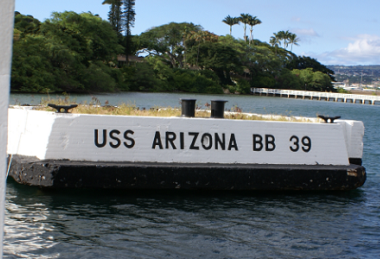
Restoration of the first Battleship Row Mooring Quay began Sept. 19, 2016 with the Concrete Preservation Institute Field School, which trains active duty soldiers to do the work. Hawaii military bases transition nearly 5,000 people from active service each year. This program helps service members transition out of the military by providing hands-on training in concrete. Over 12 weeks, they learn all about concrete, construction, and historic preservation while helping preserve one of the most important historical sites in the country. They'll gain concrete industry certifications and be connected by CPI to employers across the US eager to hire them for jobs and internships. Find out more about the project. The mooring quays are the last structures remaining from the attack on Battleship Row during the Japanese bombing of Pearl Harbor on Dec. 7, 1941. The sixteen moorings quays formed pairs designated F1 through F8, North and South. They are located on Ford Island's southeast side, known as the famed "Battleship Row." Mooring quays F6, F7, and F8 are part of WWII Valor in the Pacific National Monument. Without restoration, the quays may disintegrate completely, and a vital piece of history will be lost. 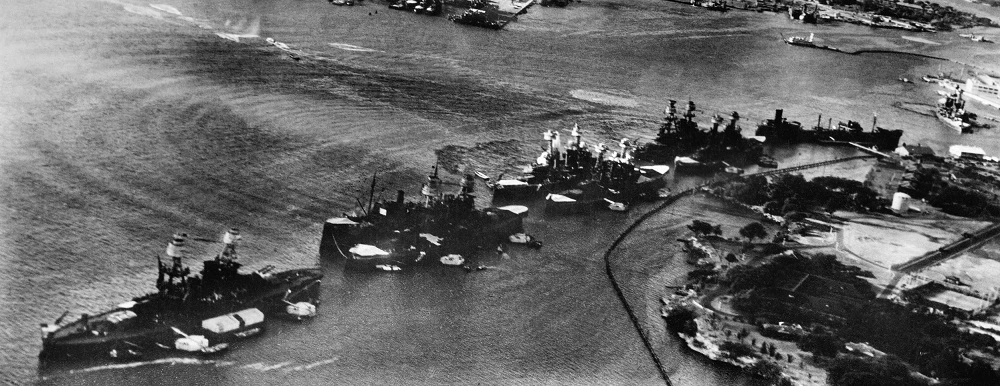
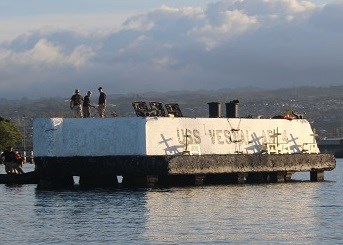
What were the mooring quays used for? The quays and piers played a significant role in post attack salvage as well. Over three years, American salvage workers raised the USS California, USS West Virginia, and righted and refloated the USS Oklahoma. Extensive salvage work was also performed on the USS Arizona. The quays served as moorings for salvage ships, barges and legs for ship-to-shore bridges and cross ship platforms. 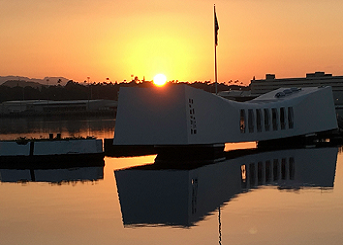
Why are they being restored? 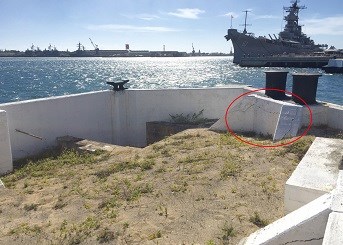
Who is doing the work? CPI is a non-profit educational foundation that provides hands-on and leadership training for transitioning military members, leading to career connections and job opportunities. This project will give service members in Hawaii the opportunity to train for careers at the skilled trades and management levels. |
Last updated: November 15, 2018
